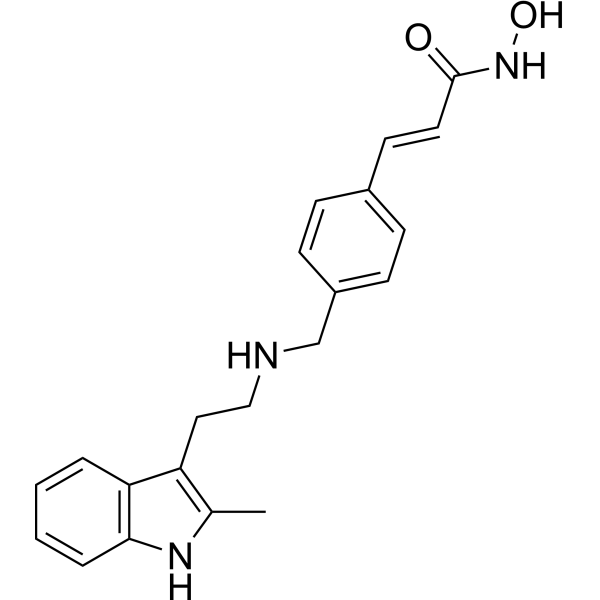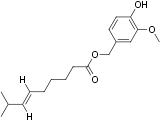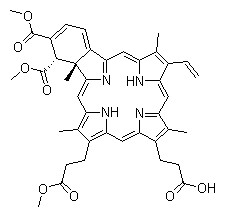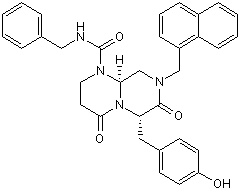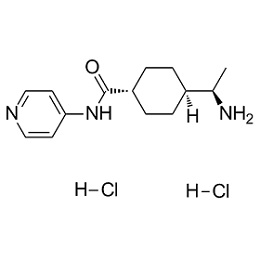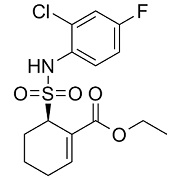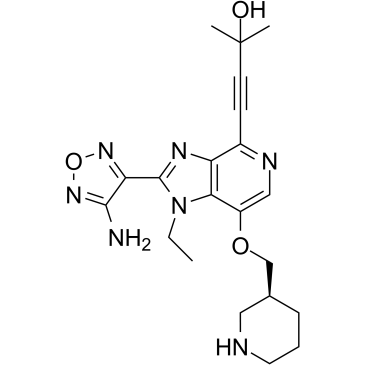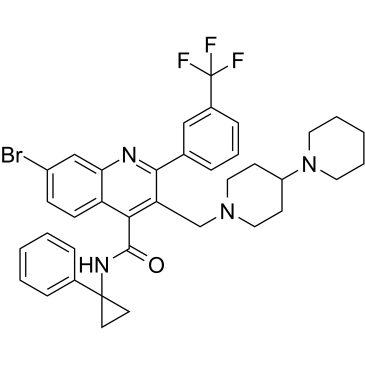Panobinostat, also known as NVP LBH-589 or LBH-589, is a cinnamic hydroxamic acid analogue with potential antineoplastic activity. Panobinostat selectively inhibits histone deacetylase (HDAC), inducing hyperacetylation of core histone proteins, which may result in modulation of cell cycle protein expression, cell cycle arrest in the G2/M phase and apoptosis. In addition, this agent appears to modulate the expression of angiogenesis-related genes, such as hypoxia-inducible factor-1alpha (HIF-1a) and vascular endothelial growth factor (VEGF), thus impairing endothelial cell chemotaxis and invasion. On 2/23/2015, it received FDA accelerated approval for use in patients with multiple myeloma who had received at least 2 previous treatments, including bortezomib and an immunomodulatory agent.
Statement:
->>Products covered by valid patents are not offered or supplied for commercial use.
->>Products currently covered by valid US Patents are offered for laboratory R&D use in accordance with 35 USC 271(e)+A13(1).
->>Any patent infringement and resulting liability is solely at buyer's risk.
->>Our products are only raw materials for drugs or industry, can't be used for human or animals directly.

